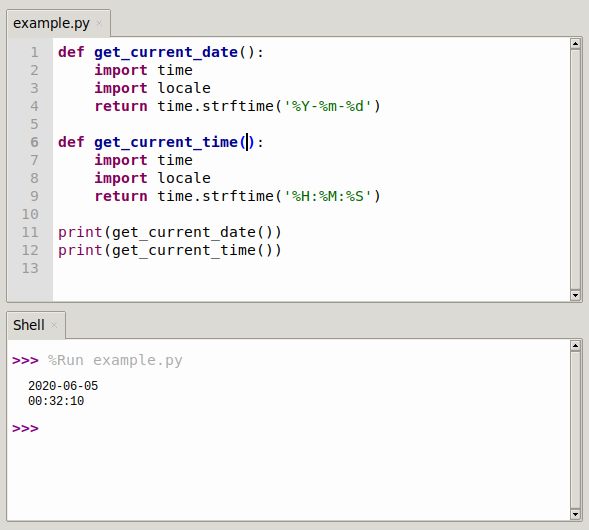

The time spent waiting for other task to complete (like I/O operations) is not included in the CPU time. CPU Time, on the other hand, refers to the time the CPU was busy processing the program’s instructions.It also includes waiting time for resources. It is the difference between the time at which a program finished its execution and the time at which the program started. It’s the time you can measure with a stopwatch. Wall time (also known as clock time or wall-clock time) is simply the total time elapsed during the measurement.So it is essential to define and differentiate these two terms. We often come across two terms to measure the execution time: Wall clock time and CPU time. DateTime Module to determine the script’s execution time.

PYTHON ACTIVE TIMER MODULES CODE
Measure the execution time of a multiple lines of code.Measure the execution time of a single line of code.Example: Measure the execution time of a function.timeit module to measure the execution time of a code.Get Program’s CPU Execution Time using process_time().Example: Get Program’s Execution Time in Seconds.
PYTHON ACTIVE TIMER MODULES HOW TO
How to Measure Execution Time in Python.Measuring the execution time of a program or parts of it will depend on your operating system, Python version, and what you mean by ‘time’.īefore proceeding further, first, understand what time is. To measure the code performance, we need to calculate the time taken by the script/program to execute. DateTime module: measure the execution time in the hours-minutes-seconds format.timeit module: measure the execution time of a small piece of a code including the single line of code as well as multiple lines of code.time.process_time(): measure the CPU execution time of a code.time.time() function: measure the the total time elapsed to execute the script in seconds.In this article, We will use the following four ways to measure the execution time in Python: –



 0 kommentar(er)
0 kommentar(er)
